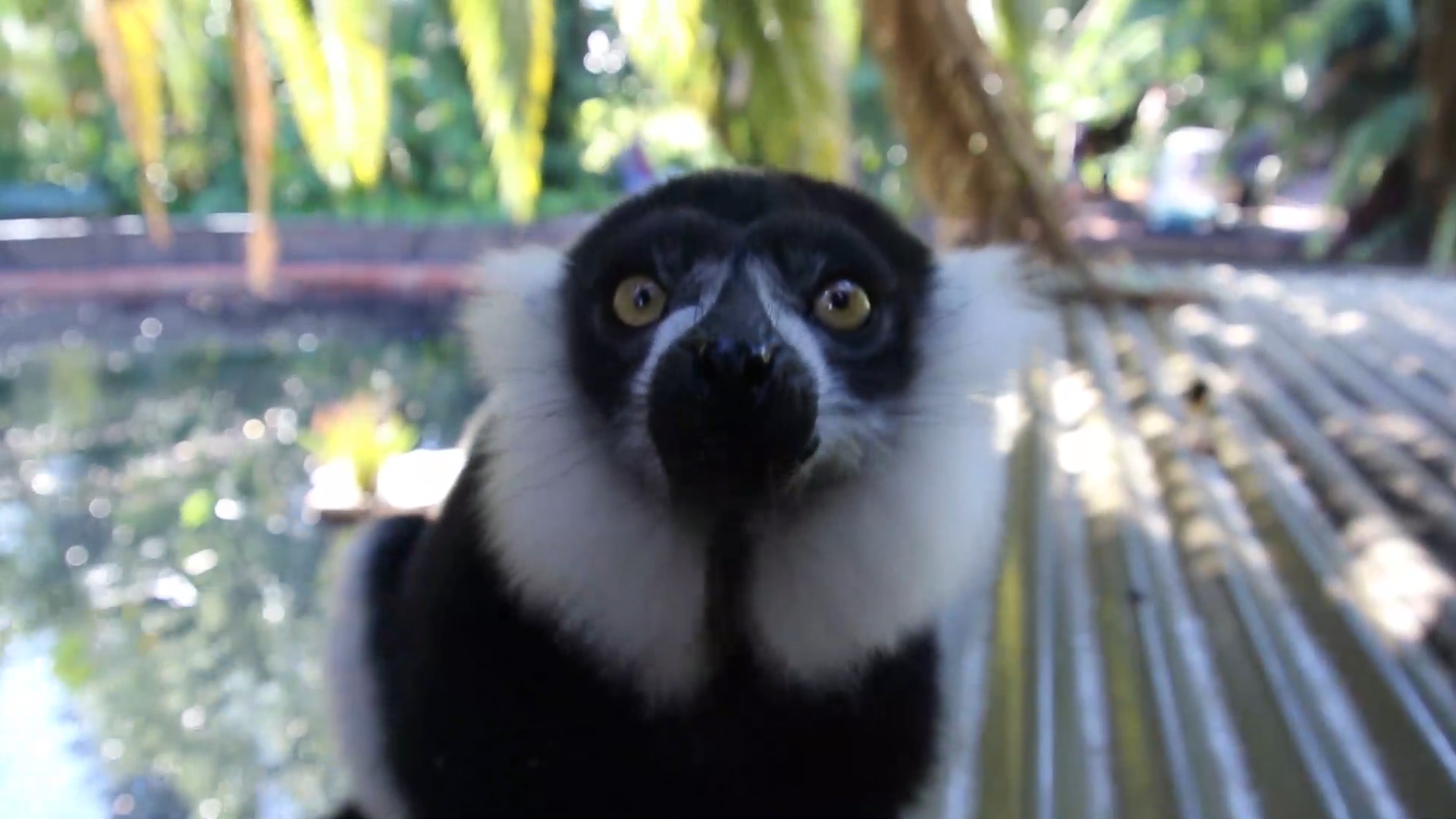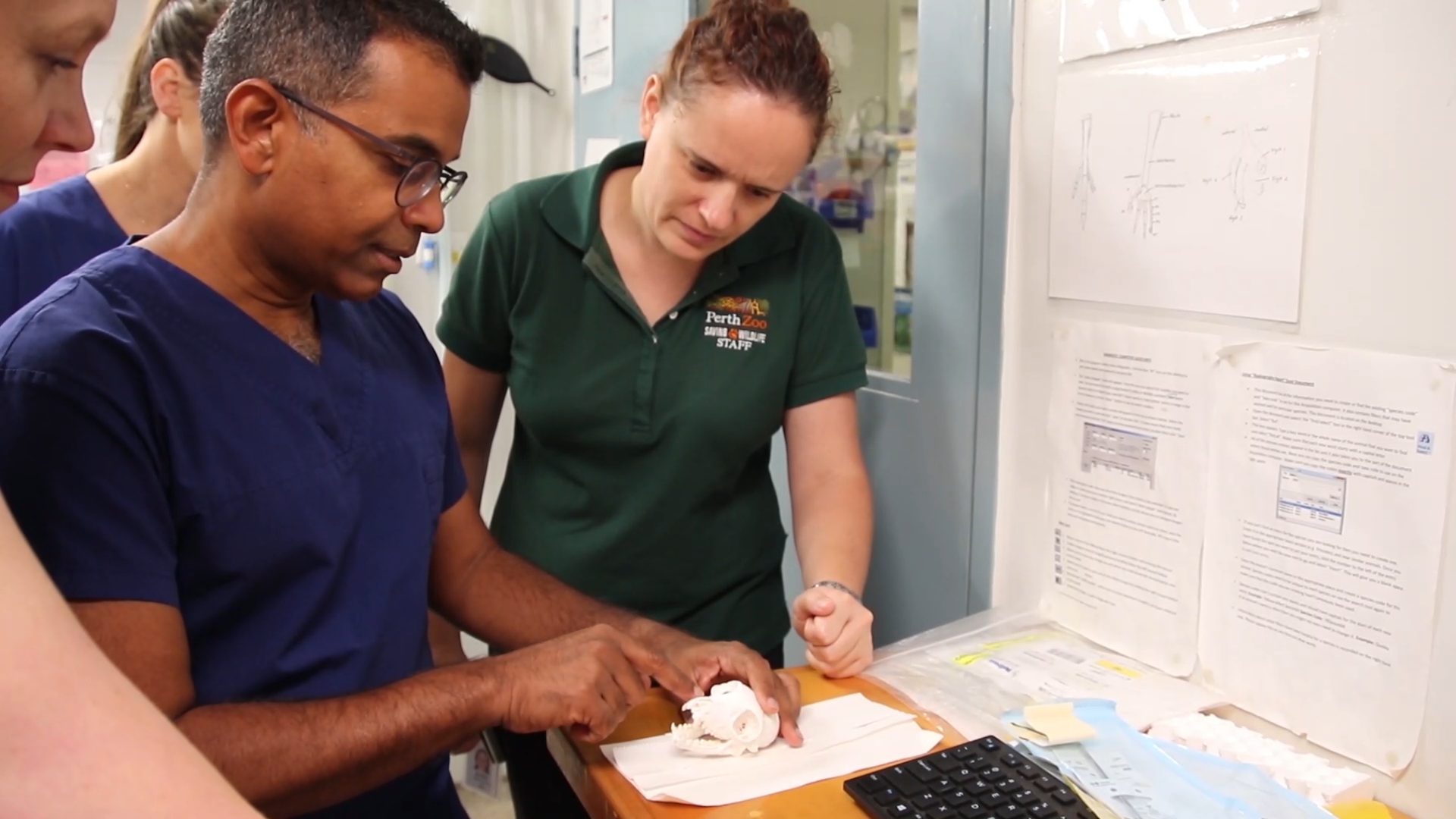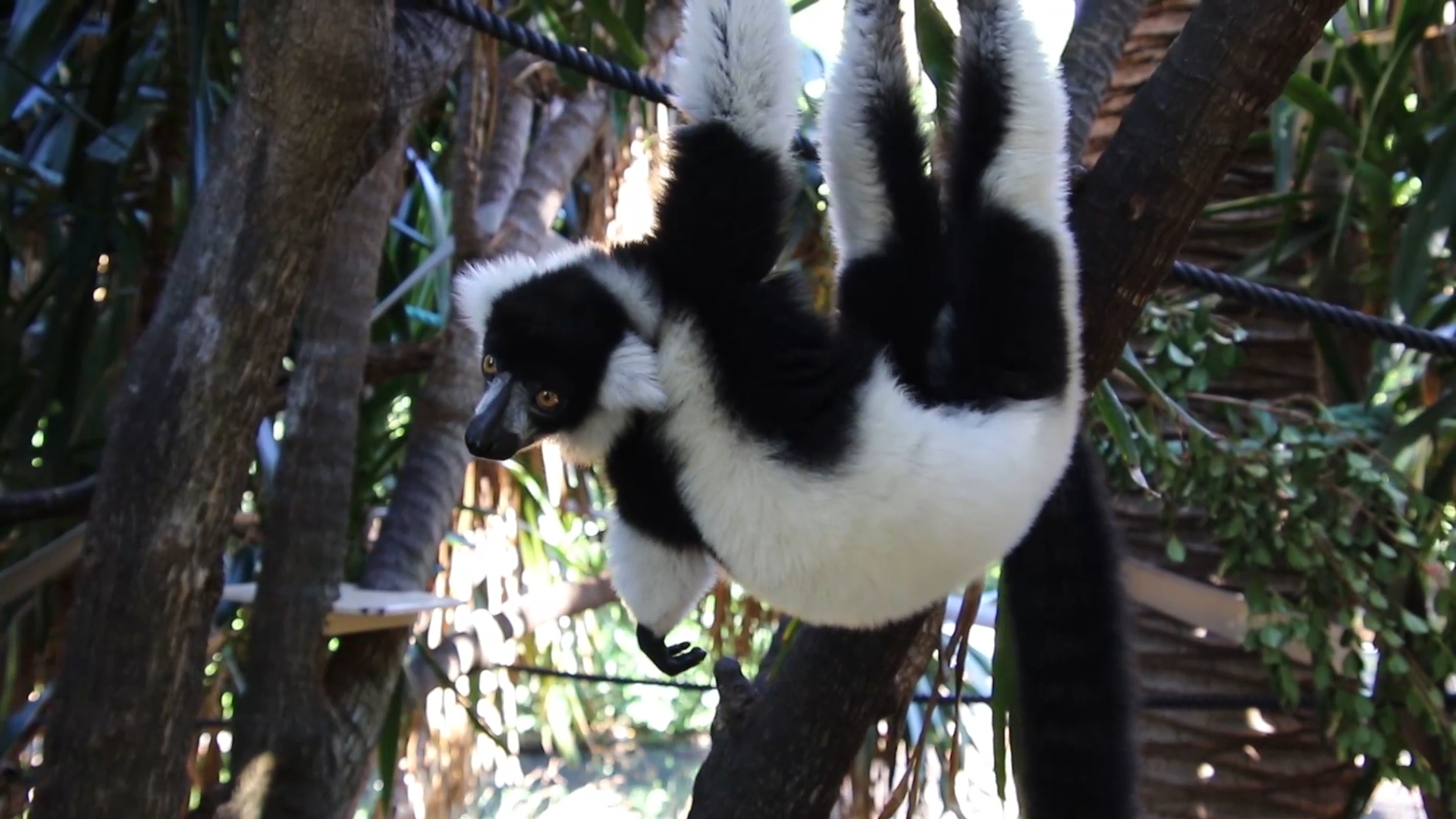DR DO-LITTLE

LOOKING OUT FOR THE LEMUR

Operation lemur




Get the latest WA science news delivered to your inbox, every fortnight.

We want our stories to be shared and seen by as many people as possible.
Therefore, unless it says otherwise, copyright on the stories on Particle belongs to Scitech and they are published under a Creative Commons Attribution-NoDerivatives 4.0 International License.
This allows you to republish our articles online or in print for free. You just need to credit us and link to us, and you can’t edit our material or sell it separately.
Using the ‘republish’ button on our website is the easiest way to meet our guidelines.
You cannot edit the article.
When republishing, you have to credit our authors, ideally in the byline. You have to credit Particle with a link back to the original publication on Particle.
If you’re republishing online, you must use our pageview counter, link to us and include links from our story. Our page view counter is a small pixel-ping (invisible to the eye) that allows us to know when our content is republished. It’s a condition of our guidelines that you include our counter. If you use the ‘republish’ then you’ll capture our page counter.
If you’re republishing in print, please email us to let us so we know about it (we get very proud to see our work republished) and you must include the Particle logo next to the credits. Download logo here.
If you wish to republish all our stories, please contact us directly to discuss this opportunity.
Most of the images used on Particle are copyright of the photographer who made them.
It is your responsibility to confirm that you’re licensed to republish images in our articles.
All Particle videos can be accessed through YouTube under the Standard YouTube Licence.
The Standard YouTube licence
For more information about using our content, email us: particle@scitech.org.au
Copy this HTML into your CMS
Press Ctrl+C to copy